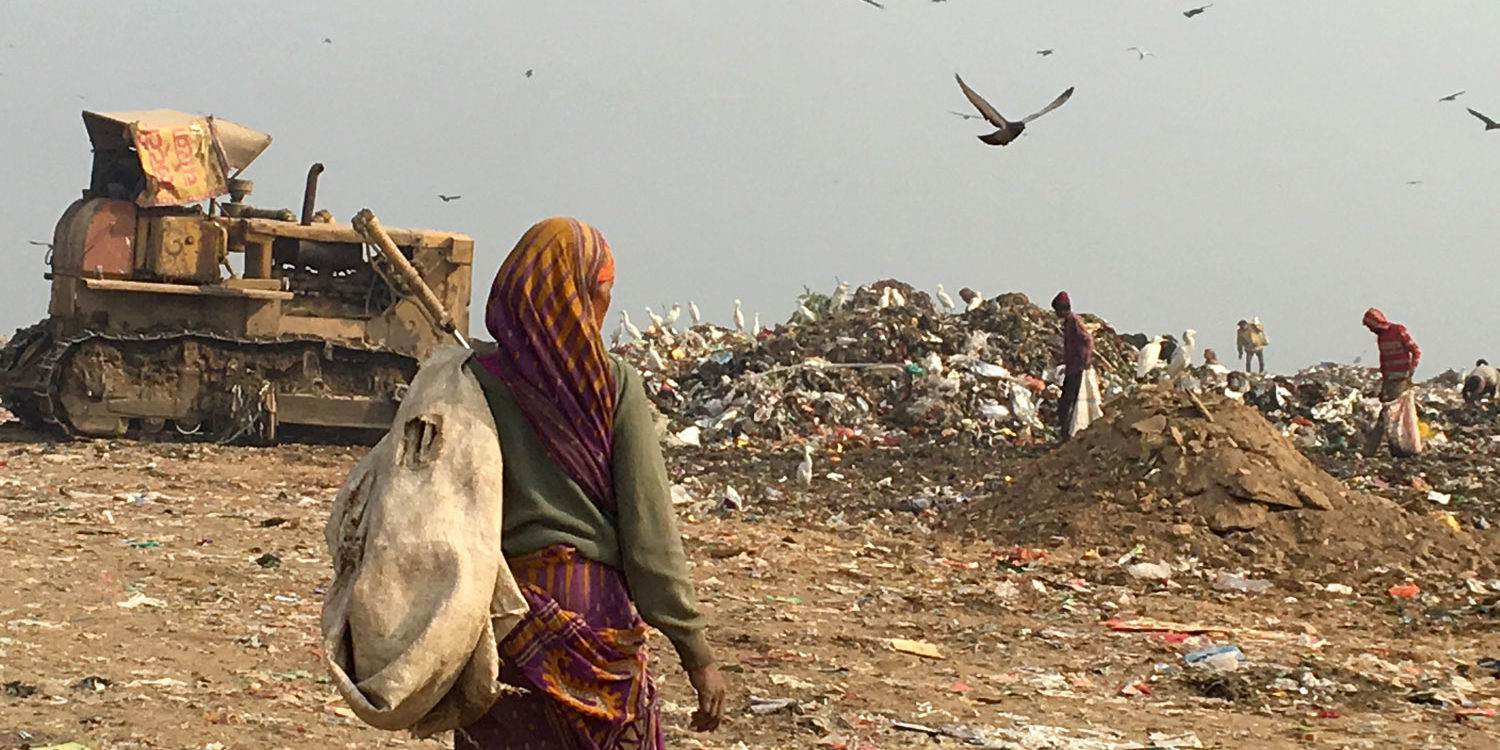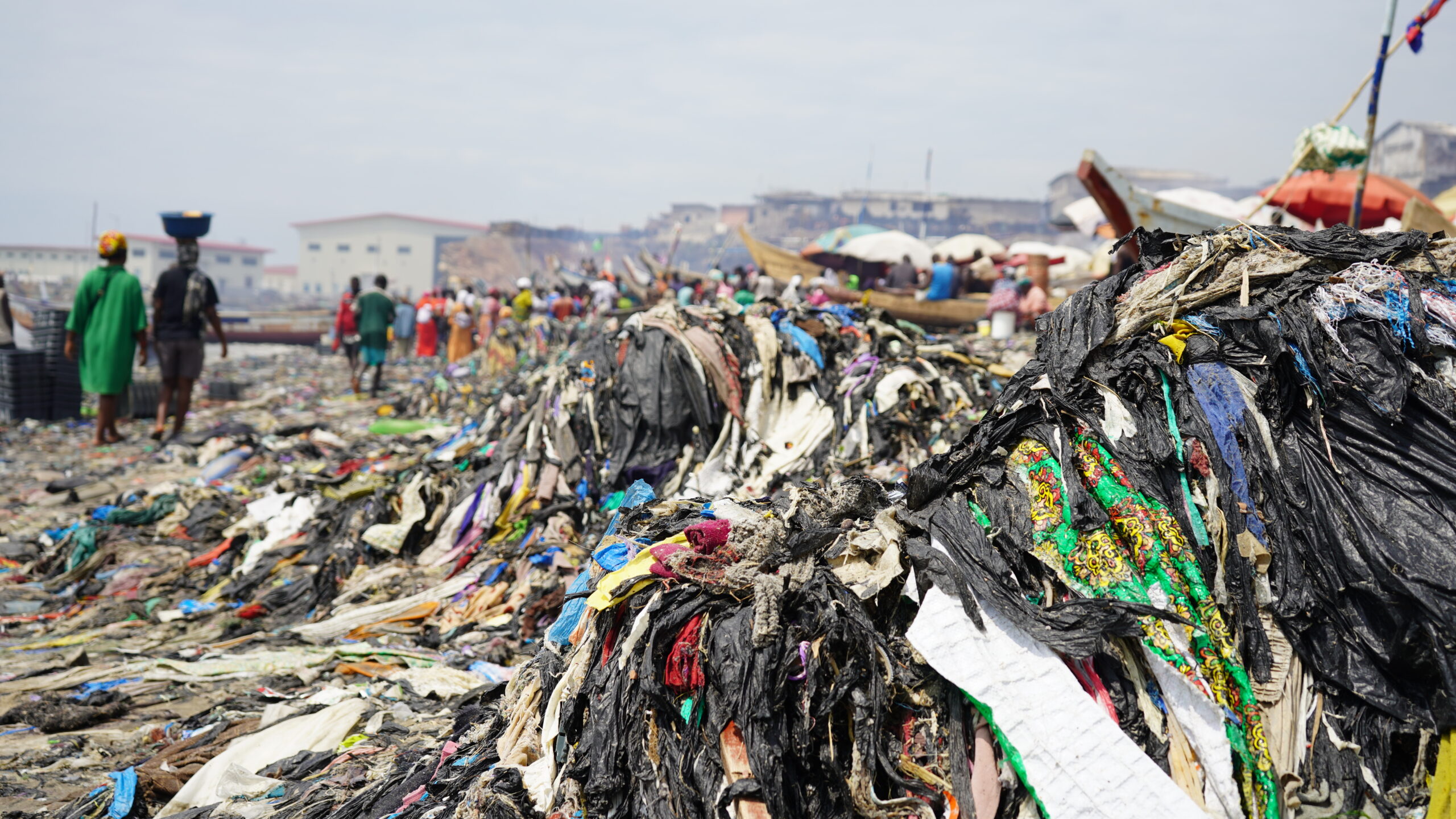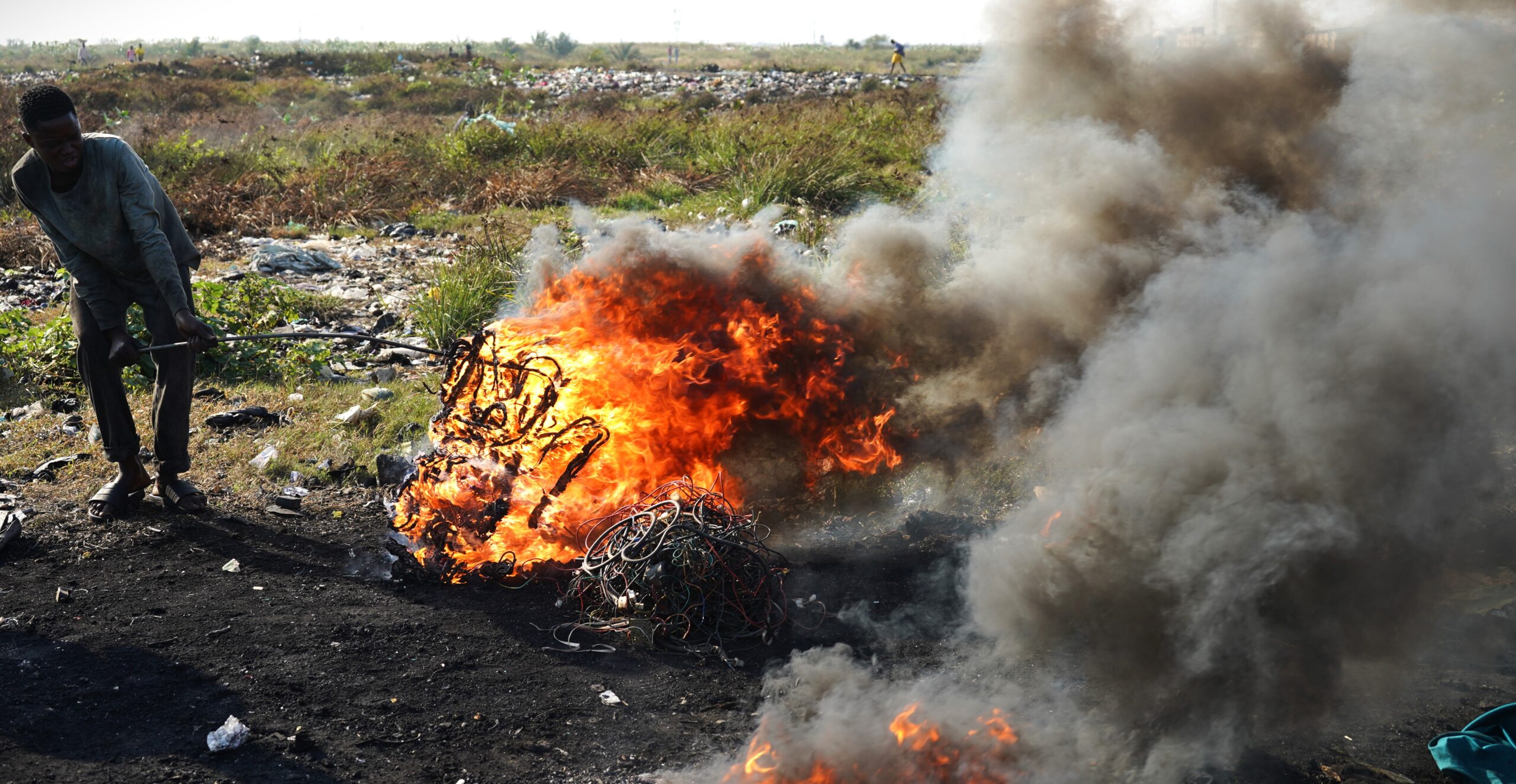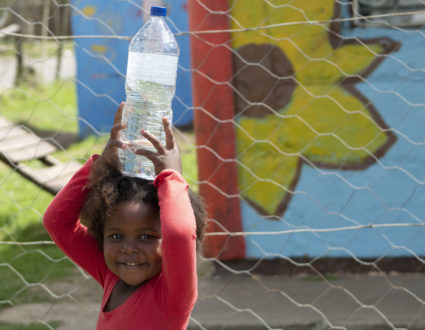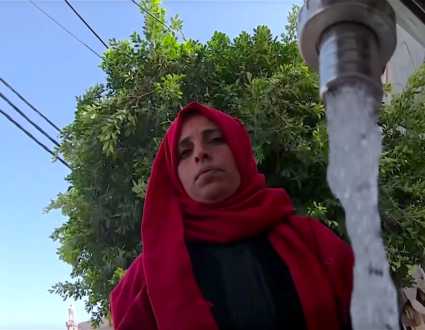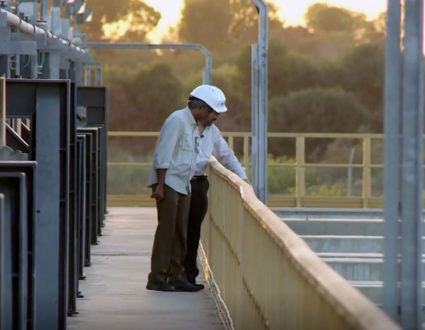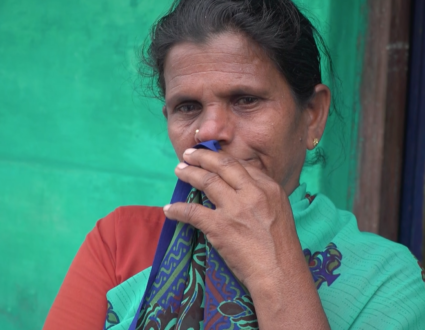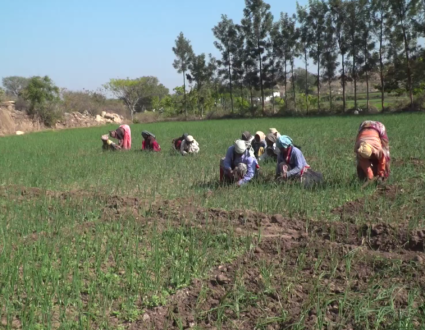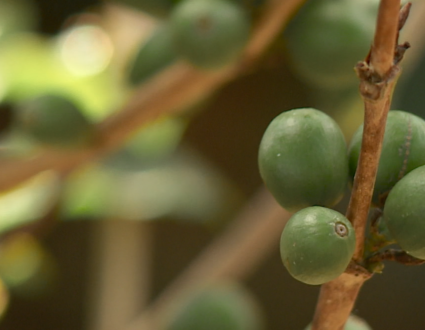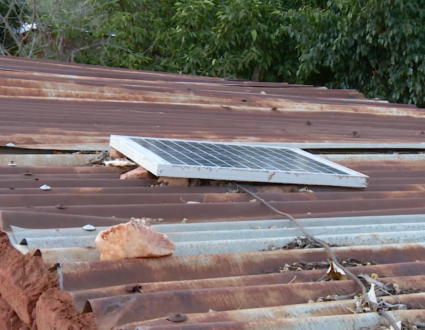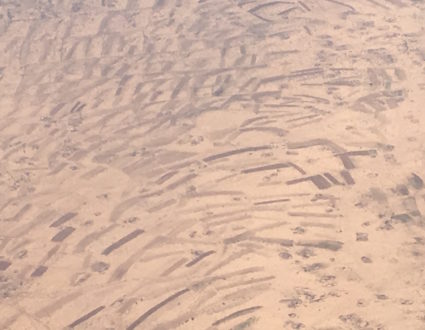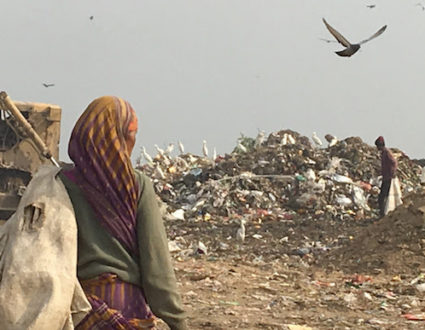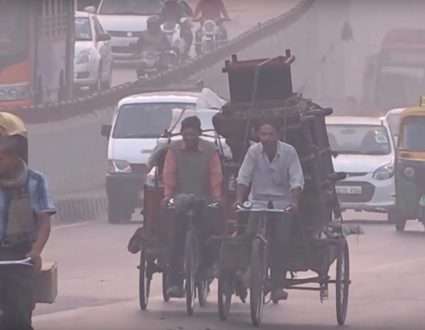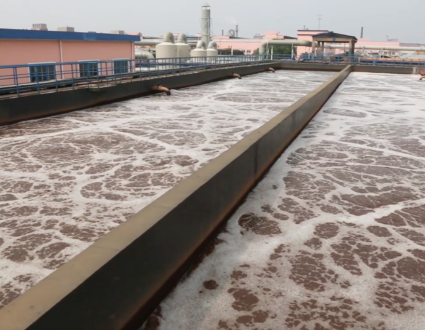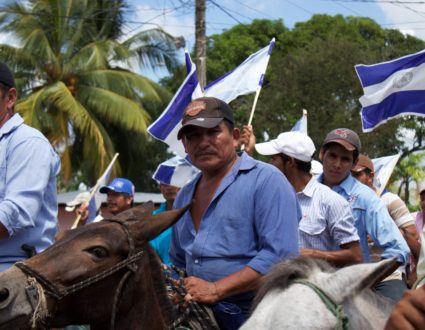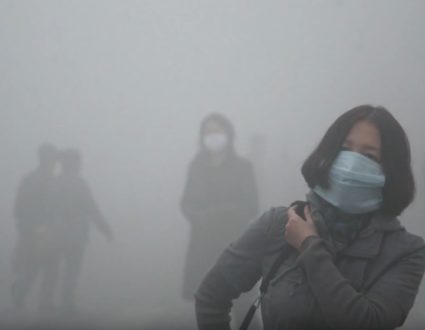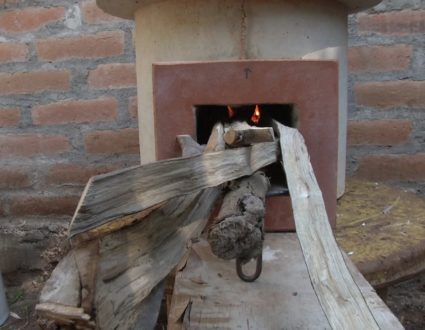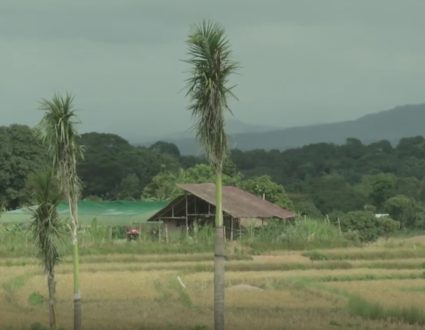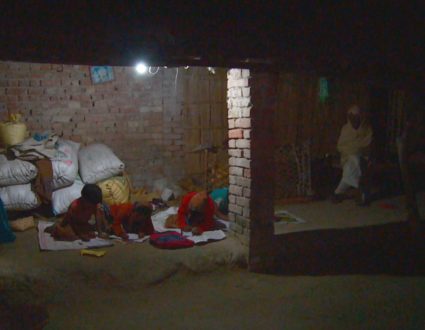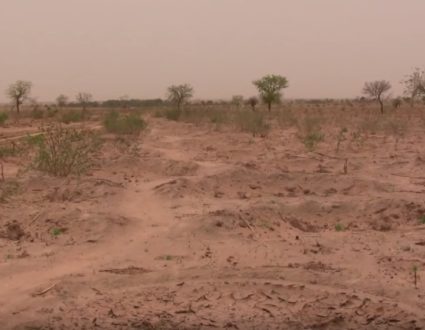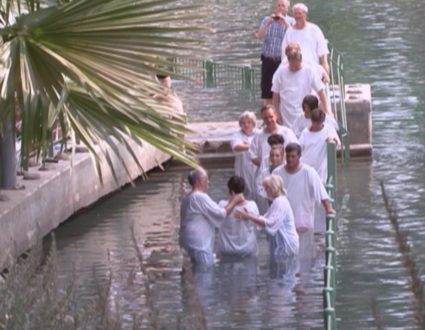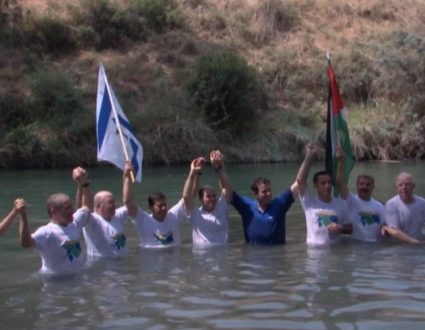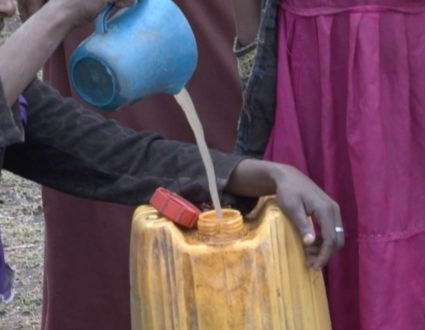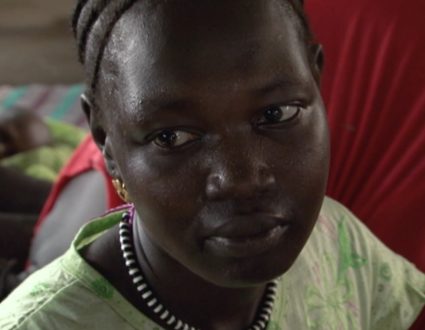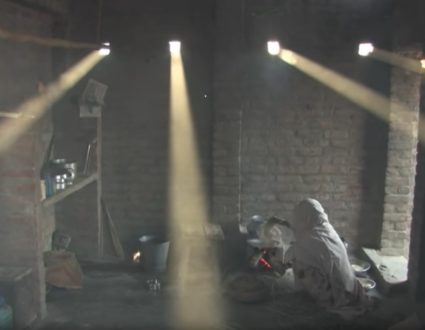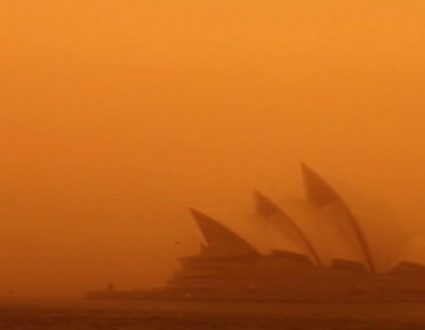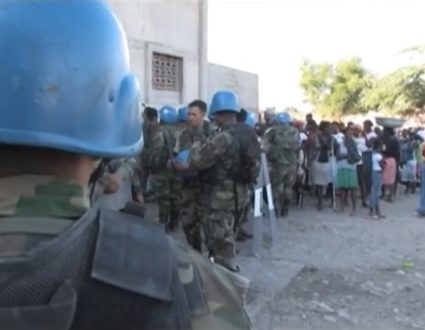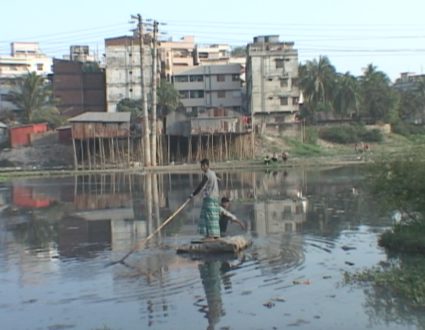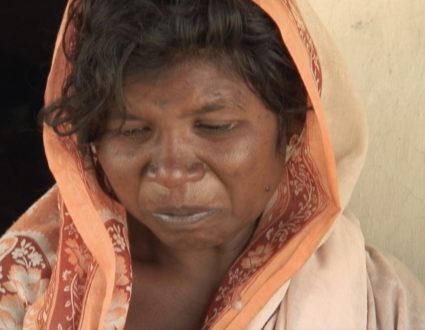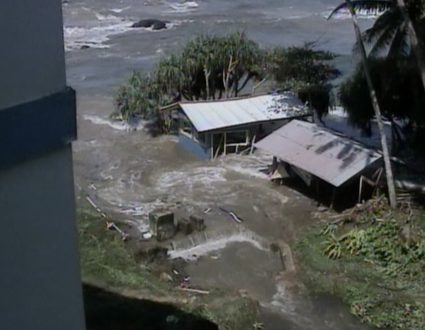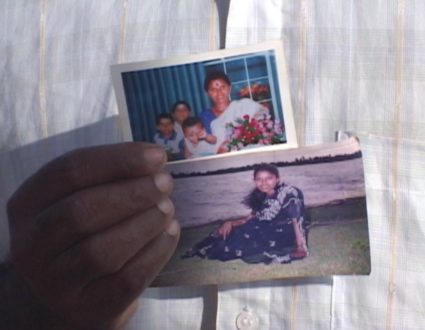Tracking the Impact
Our stories focus on the human toll of climate change and environmental issues, especially for the destitute communities that are often hit the hardest. We also profile initiatives and ideas intended to offer environmentally conscious solutions.
Why does it matter?
The impact of climate change and the toll of environmental degradation manifest in many ways across the globe–aggravating inequity between countries and within them. We attempt to find some of the most intriguing ideas to tackle global warming. Reporting on these visible manifestations from far away places brings both the problems and solutions of frequently intangible crises to the forefront.
23%
of all estimated global deaths are linked to the environment
Deforestation
is the second-leading cause of climate change after burning fossil fuels and accounts for more than the world’s entire transport sector
– UN FAO
Cleaning up the Ganges
Experts link pollution in the Ganga and other rivers to India’s high rate of waterborne illnesses, which kill an estimated 1.5 million children each year.


Water Equity in Drought
“Previously under apartheid, our water supply scheme very much targeted the white population, and there were people that were not accounted for. But it hasn’t been kept up and added to, and that’s where we’re at, at the moment.”
-Jane Tanner, Hydrologist
Coffee Versus Climate Change
“These plants are expensive. It’s 2.5 times what coffee plants cost, and small farmers don’t have access to credit. This represents an investment that takes four to five years to pay off. And so I think that these hybrids have an incredible potential. But I would like to know how we can get these in the hands of small farmers.”
-Kraig Kraft, Blue Harvest
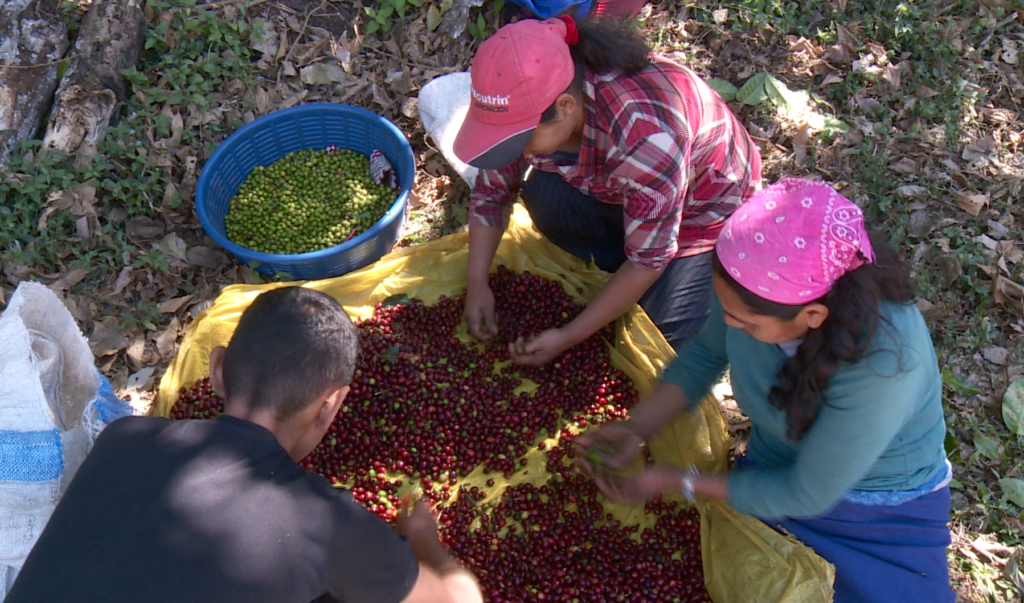
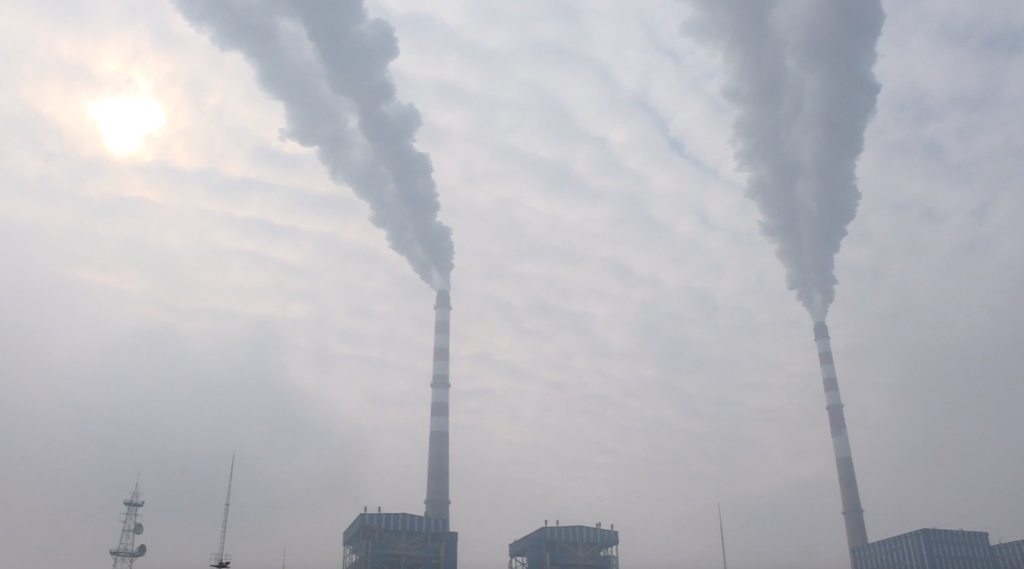
Economic Growth, Environmental Accountability
“Many stakeholders would like to join the efforts, including, including even the polluters themselves. You know, they pollute. It’s not because morally they have a problem, but more because the mechanism now is rewarding those who cut corners to save cost.”
-Ma Jun, IPE
How to teach with our reports
The short answer is in any way you see fit!
We suggest that you pick a report or topic, watch the video in class or assign it to your students. Then follow the discussion questions or write your own. Encourage your students to research beyond the piece. Find other examples of the issues reported on, analyze the characters that bring the story to life, or follow up on new developments since the story aired. Students can write their own reflections on the report, or analyze one of the many angles included in the story.
Be creative!
We would love to hear from you. Reach us at undertold@stthomas.edu to share how you’ve used our materials!
